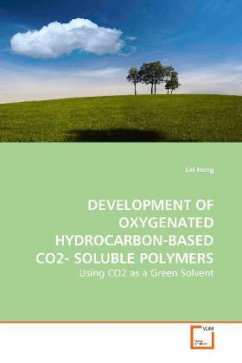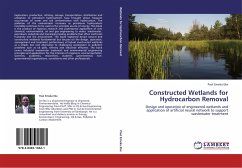Recently the use of
sub/supercritical CO2 has received much attention as
a green alternative to organic solvents for chemical
processes because of its pressure-tunable
physicochemical properties and economic advantages.
But, the advantages are diminished because of a
narrow range of CO2-soluble materials. The goal of
this work is to identify and design oxygenated
hydrocarbon-based CO2-soluble polymers that are able
to serve as construction blocks for CO2 soluble
materials. Without concerning on the cost and the
environmental persistence like fluorinated materials,
the inexpensive and environmentally benign materials
would significantly enhance the viability of
CO2-based technology. We proposed
specific new polymer structures: poly (3-acetoxy
oxetane), poly (vinyl methoxymethyl ether), and
cellulose triacetate oligomers. Phase behavior
studies were also performed with CO2-philic compounds
containing vinyl acetate, propylene glycol, or tert-
butyl groups. New non-fluorous CO2-soluble materials
were identified, which were acetate-rich with
flexible chains, weak self-interactions, and
multidentate interaction between CO2 and the
functional groups.
sub/supercritical CO2 has received much attention as
a green alternative to organic solvents for chemical
processes because of its pressure-tunable
physicochemical properties and economic advantages.
But, the advantages are diminished because of a
narrow range of CO2-soluble materials. The goal of
this work is to identify and design oxygenated
hydrocarbon-based CO2-soluble polymers that are able
to serve as construction blocks for CO2 soluble
materials. Without concerning on the cost and the
environmental persistence like fluorinated materials,
the inexpensive and environmentally benign materials
would significantly enhance the viability of
CO2-based technology. We proposed
specific new polymer structures: poly (3-acetoxy
oxetane), poly (vinyl methoxymethyl ether), and
cellulose triacetate oligomers. Phase behavior
studies were also performed with CO2-philic compounds
containing vinyl acetate, propylene glycol, or tert-
butyl groups. New non-fluorous CO2-soluble materials
were identified, which were acetate-rich with
flexible chains, weak self-interactions, and
multidentate interaction between CO2 and the
functional groups.








